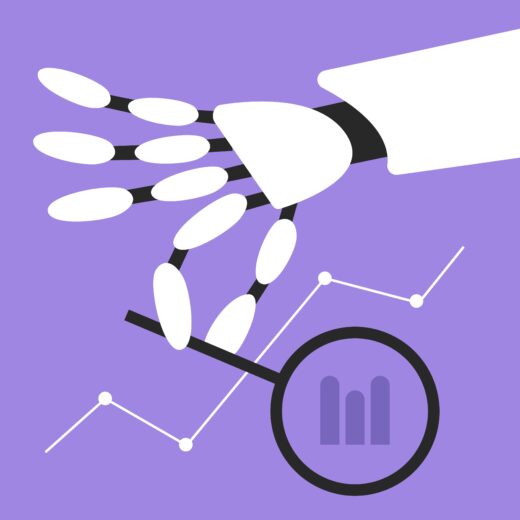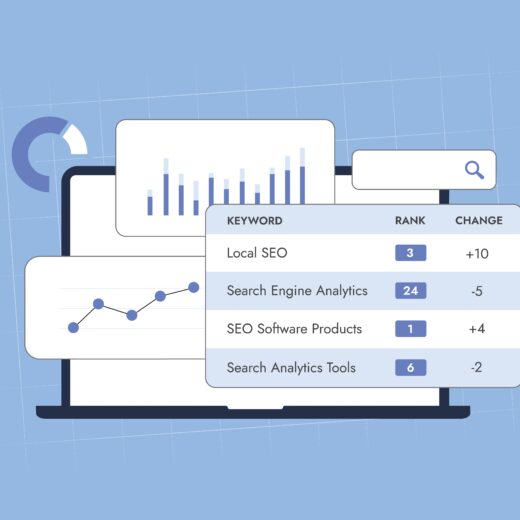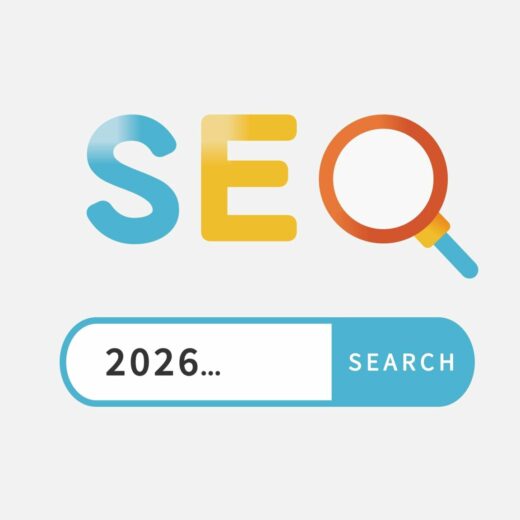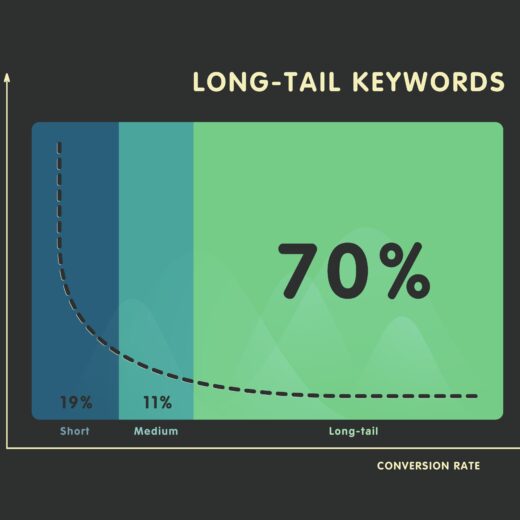Stop Choosing: You Need SEO and AI Search Working Together

As AI-driven discovery tools and search engines evolve, one prevailing narrative is that you must choose between focusing on traditional search engine optimisation (SEO) and optimising for AI platforms. This is a misleading binary. The reality is: you need to engage both channels, search engines like Google and AI-powered tools such as ChatGPT.
The “either/or” view is flawed
Marketers often face the temptation: Should I stick with well-known SEO tactics, or pivot entirely into AI search? However, if you put all your efforts into AI search, you risk giving up the large, established share of traffic driven by search engines.
Likewise, if you ignore AI search, competitors may capture advantage in the new territory before you respond. The two discovery streams are parallel, not mutually exclusive.
Are People Still Searching on Google?
Here are some key data points that show that users are adding AI into their habits, not replacing search engines.
-
Google’s global search share has fallen to about 89.6% (as of March), its lowest level in over a decade.
-
Meanwhile, ChatGPT is projected to reach around one billion users by end of 2025.
-
Crucially: ChatGPT’s growth didn’t reduce Google search usage. In fact, among users who adopted ChatGPT, their weekly Google sessions increased from 10.5 to 12.6.
-
In ecommerce, 43% of traffic comes from Google organic search and 23.6% of ecommerce sales are tied to organic search. At the same time, shopping-queries in ChatGPT rose from 7.8% to 9.8% from January to June.
What this means for your strategy: Tracking
First, you must instrument your systems so you can see performance across both traditional search and AI-search channels. Without measurement, optimisation is blind.
Many enterprises have begun to operate in silos (SEO teams focusing on Google, other teams on AI platforms) but what’s needed is a unified view of visibility across both.
What this means for your strategy: Content optimisation
While many SEO best-practices still hold, content needs to be adapted for AI-driven discovery. Some guiding questions:
-
Does the content answer the actual questions users are asking? (The “who, what, where, when, why” questions).
-
Does it provide full context and cover related sub-topics? AI models understand networks of related ideas, not just isolated keywords.
-
Is the content easy for both humans and AI to read? Elements like clear structure, heading hierarchy, scannable format, and logical flow matter.
-
The message: You’re not optimising twice (once for SEO, once for AI), you’re optimising once holistically to serve both.
What this means for revenue
It’s not just about visibility: the bottom line matters.
-
AI-search visitors have been reported to convert at about 4.4× the average organic search visitor. These users tend to arrive with more intent, having done more prior research via AI.
-
While search engines still serve as the primary discovery mechanism (top-of-funnel), AI search enhances conversion efficiency (lower-in-funnel).
In short: Neglecting search engines means sacrificing volume; neglecting AI search means sacrificing conversion efficiency. The winners will pursue both.
What to do now…
Immediate actions:
-
Ensure tracking for both traditional search and AI search is in place. You can’t optimise what you don’t measure.
-
Audit your top-performing content: Are these pieces appearing in AI platform citations? If not, why?
-
Look for structural content gaps; places where competitors show up in AI answers and you don’t.
Next 90-days:
-
Evaluate whether your content is structured so that it works for both crawling (traditional search) and AI digestion.
-
Audit the structure of your key content pages: headings, context, readability.
-
Experiment with AI-optimised content, while monitoring impact on search performance overall.
Strategic imperatives:
-
Build capabilities inside your organisation that treat search as a unified function, not separate silos (“SEO team” vs “AI team”).
-
Consider platforms and tools that support unified tracking, analysis and optimisation across both traditional and AI search environments.
-
Develop content strategies designed to capture customers wherever they begin their search journey, whether via Google, ChatGPT or other discovery paths.
The idea that you must choose between SEO and AI search is misguided. Your customers are already using both, often in the same research session.
Brands that will dominate search in 2026 and beyond are those that recognise the diversified nature of discovery and build systems and strategies to win across all the places customers search.







